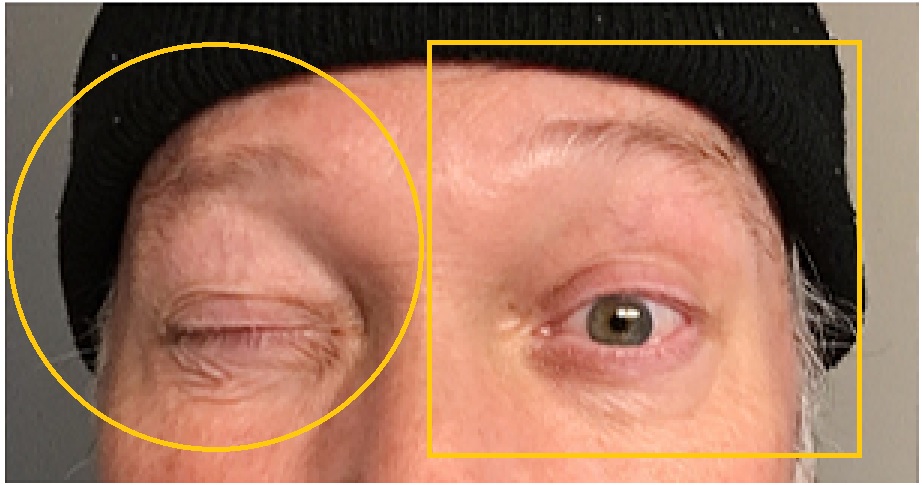
The foundation for this blog project is that ‘see’ and ‘know’ (or thinking) often parallel each other; to ‘see’ something from my point of view is to understand the standpoint I am using to look at an issue. But maybe the parallels flow back in the other direction, too; when talking about knowledge, understanding, and thinking the same terms could well also apply to the habits of composing images and noticing relationships of color, texture, or geometry, for instance. Digging deeper into the terrain of knowing and thinking, many languages distinguish two types of knowing by using completely different verbs: I know that person – shared experience and other context for personally being well acquainted versus I “know” the person you are talking about -as in a piece of knowledge to fill in the blank; not anything to do with social relationship or shared history. For example, in Spanish there is “yo conozco” to mean you have a personal connection to the person or subject. But then there is “yo se” to mean you know the answer or an isolated bit of knowledge. By contrast in English the verb ‘to know’ is all-purpose, no matter if it is knowledge or social connection you refer to. When the two senses of the word are clearly separated, then perhaps a person has a more finely-tuned awareness of the separation in arenas: one for personal relationship and one for knowledge-building.
When glancing at a news story, watching a movie, or attending a lecture you can do both kinds of knowing: you can follow the logic or the line of the plot [knowing about a thing] but you can also get to know the characters or the presenter little by little to gain some familiarity with their personality, habits of speech or thinking, style of doing things and so on. Now consider these two ways of knowing and jump metaphorically into two ways of seeing. One way is on the surface and can quickly trigger a spark of recognition or an idea or a reaction. For example, you (fore)see that a speeding car will soon be in a position that adds a nice accent to the otherwise static composition. This is ‘surface seeing’ and tells you something about the superficial properties of a subject; no personal emotions or history needs to be touched in the process. Another kind of seeing, perhaps akin to poetry, is “really seeing” a person or a place, noticing something more than the initial surface qualities and instead seeing something deeper about the subject’s past, present, or perhaps its future. This deeper vision may or may not include a personal aspiration, individual memories, or meaning that is not necessarily widely shared by other observers. In other words, this kind of seeing corresponds to the “personally knowing” distinction at the top of this article.
The 2023 book by David Brooks, How to Know a Person: The Art of Seeing Others Deeply and Being Deeply Seen discusses this deeper kind of seeing particularly between self and those around the person. But equally this “knowing” a person can also apply to knowing a place; “seeing” a person, but also seeing a place in full dimension, both visible and intangible. This distinction between seeing on the surface and seeing more than the surface is not only true of one person’s mind, but the distinction can be illustrated for how well a person knows a cultural landscape, whether it is city block or an entire river valley far from city streets. Local knowledge and native experience makes a place alive with stories, personalities, aspirations and past outcomes. Without such rich vision a visitor just passing through (or fly-over traveler) or a newcomer at the beginning stages of getting to know landmark spots and past events cannot truly know a place. And even among locals, some more than others have a deeper well of knowledge, social connections, history and curiosity to know more.
Arranging the power of seeing deeply on a scale from deepest to more superficial, there is probably a very wide range in powers of observation; capacity for knowing the place. As well, insiders and outsiders tend to pay attention to different things: outlanders may be fascinated by things that insiders consider immaterial (predominant color of houses or cars, shape of keyholes, size of bowls). And what seems really significant to locals may be oblivious to the outsiders. As a result, seeing in both senses – surface and subsurface – affects what the person frames, records with a camera, and discusses with others. In this way not only does the practice of seeing shed light on the process of thinking, but flip-flopping the relationship, it seems that the twin ways of knowing also has a counterpart for seeing in two ways, too.
